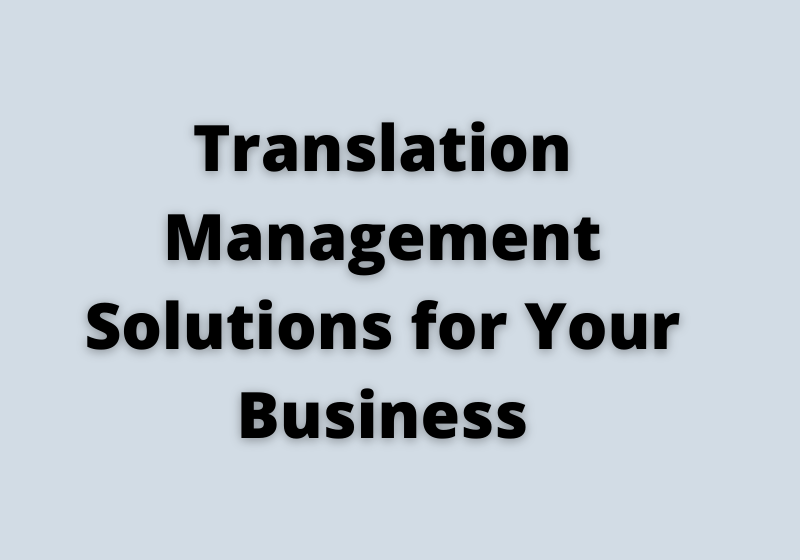Translation Management Solutions for Your Business
There are plenty of ways to increase the reach of your business and its digital assets. From social media to online marketing, you want your business to be seen by as many people as possible, all over the world. Translation management is another brilliant way to get your content seen and your website visited by people around the globe.
What is Translation Management?
The translation management definition is the process of translating your website and digital assets into various languages. This can make it more accessible to people around the world. As well as providing high-quality translations, localization is used to deliver a personalized and natural feel to the translation. Localization is the use of regional and location dialects and idioms, which translates read as though it has been written by a native speaker, rather than a word-for-word translation that may not make complete sense in a different language.
Transcreation is the use of localization within a translation to maintain the tone and message of a piece of work, whilst making it make sense in a different language. Sometimes it is obvious when content has been translated from another language, as certain words or phrases may not make sense. A good translation management solution will avoid this, and make every translation seamless. There are many benefits to using translation management solutions, as multilingual SEO can boost your profile, engagement, and traffic in other countries.
How does it work?
There are different options to choose from when it comes to translation management. You may choose translation management software, or communicate directly with an LSP. An LSP is a language service provider, who you can collaborate with and send your work to. They can then translate it and send it back. Whilst this is fine for smaller projects, many larger businesses will benefit from using the software.
Translation management software allows a large amount of content to be translated into many different languages and regional dialects in a shorter amount of time. It is efficient, as most of the translation is done automatically, but it is also accurate, as the final translation is reviewed by native speakers.
Who is it for?
It is useful for businesses who are increasing their scalability and want to use translation management solutions for the first time, or wish to change their current solution due to it being outdated or not being able to keep up with the demand. Smaller businesses with less content to translate can benefit from using an LSP to translate their work for them, whereas larger businesses with a higher volume to translate will work best with software.
Translation management systems are versatile and allow for collaboration across departments and locations. Some even allow you to upload guidelines so that translators know how to make your business sound the same in each region, which can make your brand more recognizable. Above all, the systems are simple to use, which means you can translate your content and digital assets effectively and easily, whilst still making sure they are accurate.





